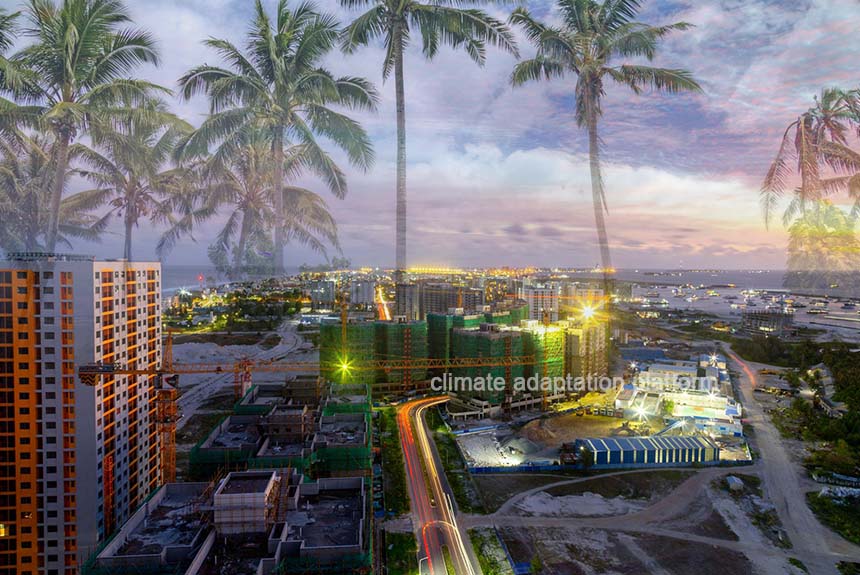The Pacific Island countries are on the frontlines of climate change’s effects. Many of its islands are low-lying, often atolls just a few feet above sea level, making them highly vulnerable to sea level rise, coastal erosion, and storm surges caused by climate change.
Natalia Latu, Liaison Officer of World Bank Tonga, says that in the last ten years, the Pacific has been hit by category 5 cyclones, volcanic eruptions, and tsunamis, affecting all sectors of society. Any development gain, which is a big agenda for these Pacific Island nations, will be continually undermined by climate change.
According to the World Bank, economic losses from these disasters cost individual households an equivalent of hundreds and up to thousands of US dollars per year on average, a figure many cannot afford. Latu adds that the seemingly unending cycle of disaster, response, and recovery is having a knock-on effect on their economy and causing suffering for the people.
As climate change becomes more frequent and severe, losses and damages are rising and becoming more devastating. Building climate-resilient infrastructure will be crucial for the Pacific region to continue developing and protecting its assets, culture, and all they value.
All types of transportation in the Pacific – whether by land, sea, or air- are crucial to Pacific countries’ economic development.
The World Bank’s Pacific Climate Resilient Transport Program is a 338.6 million program that supports upgrading crucial transportation infrastructure in six countries – the Federated States of Micronesia, Kiribati, Samoa, Tonga, Tuvalu, and Vanuatu – making it resilient to climate change-related disasters.
What does climate-resilient transportation infrastructure look like?
Taniela Fusimoholi, Member of Parliament, ‘Eua Tonga, says that it is the infrastructure that is built to the highest standards and something that could withhold the very extreme effect of climate change.
Ian Greenwood, Infrastructure Specialist at the Tonga Climate Resilient Transport Project, says, “We’re trying to make it (infrastructure) resilient to something which is far greater.” As engineers and scientists, they are figuring out what they are designing against.
Countries in the Pacific region are also forward-leaning and looking more deeply at climate science, says Sean Michaels, World Bank’s Senior Transport Specialist, and they are planning better where to invest in infrastructure designed for the long run.
The Pacific Climate Resilient Transport Program will improve transport infrastructure and access for almost 50% of the population, or 380,000, from the Federation States of Micronesia, Kiribati, Tonga, Tuvalu, and Vanuatu.
The video below provides more information on climate change reality in the Pacific.
Source:
Building Beyond Tomorrow: Pacific Climate Resilient Transport Program. (2024, January 31). The World Bank. Retrieved from https://www.worldbank.org/en/news/immersive-story/2024/01/31/building-beyond-tomorrow?



Leave a Reply